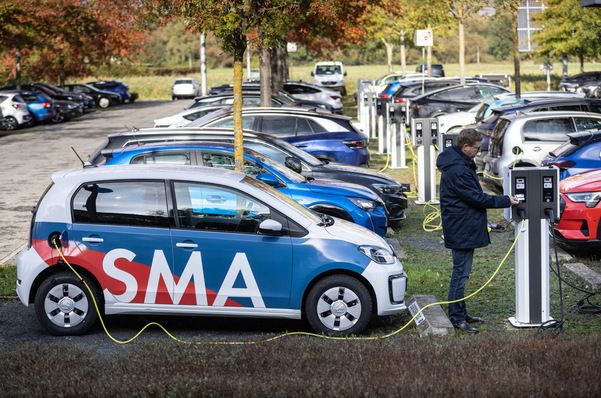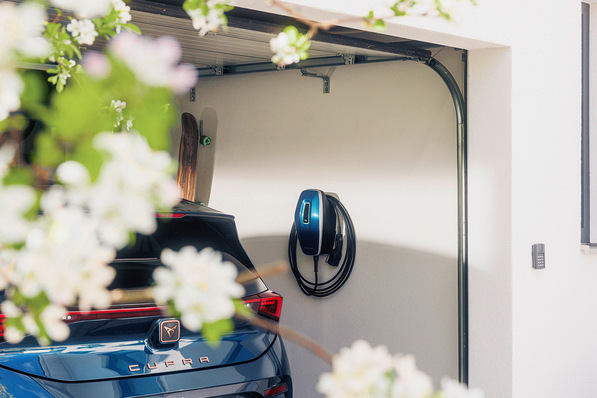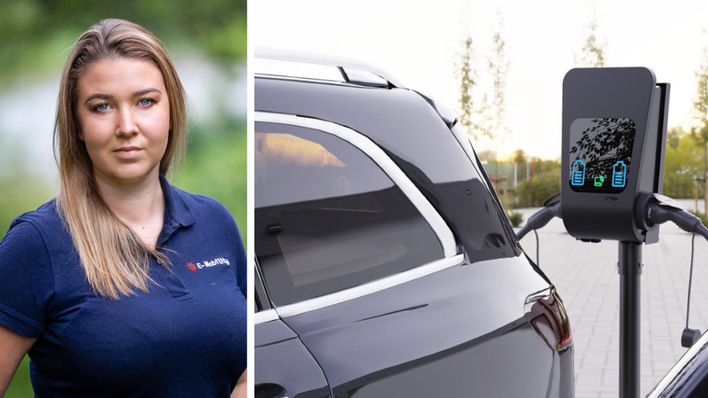Ten years from now, most new vehicles will run on electricity rather than fossil fuels. And renewable forms of energy, like wind and solar, will play a crucial role in supporting the transition and meeting increasing energy demands from electric vehicles. Yet, even with all the progress made, many drivers are still at a crossroads when it comes to embracing the move towards zero emissions vehicles.
The road ahead
Despite the availability of government schemes that have been put in place to support the implementation of physical infrastructure, businesses and individuals are still concerned. There are questions surrounding access to charging stations and range anxiety - the fear that electric vehicles, without adequate charging support, will not perform as well on long journeys as their petrol or diesel equivalents.
There are also challenges around the ongoing management of charging infrastructure. For example, as EVs increasingly rely on renewable forms of power that are more intermittent in nature, changes in weather could affect the availability of power.
See also: E-car boom in Norway
For businesses that own or operate fleets, the transition is likely to be even more challenging. These organisations can have hundreds or thousands of vehicles ranging from cars to vans or HGVs. And the tasks involved in managing a fleet of EVs are totally different to those involved in managing the fuel supply for a petrol or diesel fleet. For example, operators need to consider:
· How can EVs get the power to keep moving around the clock?
· How do you manage the charging infrastructure to support a fleet of EVs?
· How do you smoothly process payments and reimbursements for EVs at home, in depots or on the road?
Keeping the wheels moving
When companies seek to make the transition to electric, leaders often don’t know where to start. The challenge is understanding how to effectively manage their EVs and implement a robust and reliable charging infrastructure to keep the wheels moving.
Read more on pv Europe about EV charging
For businesses and fleets to make the switch to electric effectively and reliably, it requires the right management software that can remove the burden of technology and there are three pillars to delivering a seamless, future-proof driving experience.
Monitor performance
You need to be able to review all your EVs and charging stations in a single view and see in real-time any issues arising with charging units – from malfunctioning equipment to power shortages. The main things to monitor are:
· The physical status of each unit
· Overall power consumption
· The output of your system
Too often an EV charger is purchased without giving any thought to how the infrastructure will be managed. However, it is essential that organisations that are managing a large volume of EVs can balance power loads with demand. A lack of available power could have a major knock-on so a robust management platform is a must. You need to be able to track and manage the draw that EVs are having on your power reserves so you can intelligently distribute electricity around your network, without needing to draw extra power from the grid and face unnecessary costs.
Automate payments
Managing payments, and reimbursements for the charging of EVs is an important consideration. Your charge points may be configured as:
· Public - allowing general use for a set tariff
· Private - only allowing permitted users to connect
It’s likely that the appropriate solutions will vary based on the specific scenarios. For instance, a retail business overseeing an electric car park might set-up a fixed charging fee for employees or customers. While a fleet business setting up charging stations for EVs based at the driver’s home might choose to compensate a predetermined portion of the electricity expenses for work-related use. It’s important to be able to set up tariffs on a point-by-point basis, and to determine usage rights in the same way.
Compliance
As environmental regulations and emission standards become increasingly stringent each year, it’s crucial to ensure compatibility with the most up-to-date and rigorous charging station criteria. Likewise, as ESG reporting standards evolve, the right monitoring features will enable you to identify and report on the consumption and performance of your charging infrastructure to fulfil CSRD requirements in the EU and ESG reporting in the UK. By centralising control of charging, it’s possible to ensure compliance with regional requirements.
See also the company website of vaylens
It's becoming clear that meeting the growing demands of electric transport, and making the investment worthwhile, will require the right tools to be in place. And in a world where there is predicted to be more 525 million EVs on the road by 2035, it’s going to become increasingly importance to deliver a seamless and reliable charging experience to underpin a successful transition. Simplifying how EV charging is managed and monetised to ensure uptime, availability and efficiency will be a pre-requisite for thriving in a new, electric-driven world. (Russel Olive, hcn)








